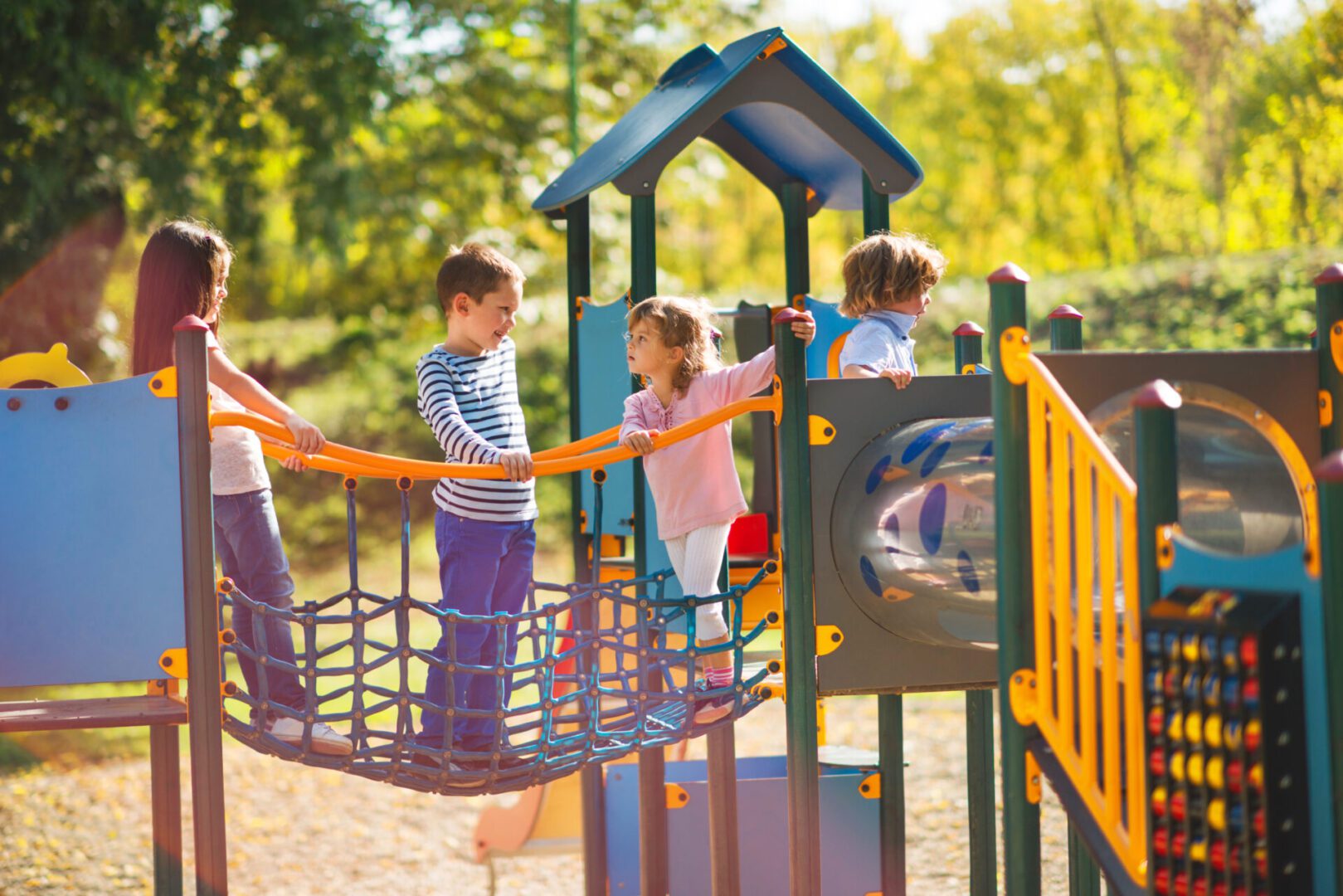Play It Safe: A Parent's Guide to Summer Playground Safety

Play is critical for the
mental, physical and social development of young children, and playsets and local playgrounds are the perfect place for that to take place. But over 200,000 children are rushed to emergency rooms in the U.S. every year
due to injuries that occur on playgrounds, so it’s important to keep safety in mind when taking your kids out to play. Make sure to supervise your kids any time they are using play equipment. Keeping an eye on them while playing can help reduce injury by ensuring they’re properly using the equipment and not taking any risks they’re not ready for.
Make sure the equipment is safe:
The equipment should be designed to promote kids’ safety. That entails not only the materials and their upkeep but also the setup and spacing of the various structures. Any sections that are taller than 30 inches should be at least nine feet apart from each other. These pieces of equipment should also have handrails that children can hold onto and guard rails to prevent them from falling off. The ground should be made of something relatively soft that’s at least a foot deep. Mulch, shredded rubber, wood chips, sand and pea gravel help absorb most of the harm posed by falls. This material should extend at least six feet out from the edge of the equipment—even further for swings, which children can easily fall from. Materials such as asphalt, concrete, gravel, dirt and even grass are too firm to be shock-absorbent and should be avoided. Ideally, equipment should be organized based on its intended age group so that younger children are not playing with older children in a way they aren’t yet ready for. Make sure your children know where they should play so that they can take safe risks to boost their confidence and aid in their development of balance and motor skills. It’s also a good idea to check the equipment before they start playing on it so a broken part doesn’t cause them injury. Some common defects to look out for are:- Rusted or broken metal
- Cracks in plastic
- Splintering wood
- Sharp edges
- Open metal S hooks (often on swings)